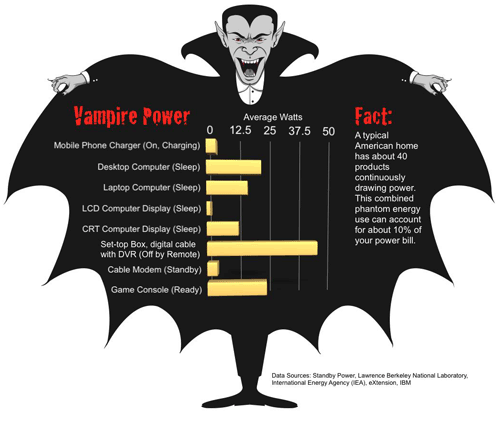Research initiative aims to increase electronic device efficiency by 10x
Project Steeper, a collaboration of many companies and organizations, aims at increasing electronic device efficiency by 10x and eliminate power consumption of those devices while in standby mode. Coordinated by Ecole Polytechnique Fédérale de Lausanne (EPFL), Project Steeper includes leading corporate research organizations IBM Research – Zurich and Infineon as well as large research institutes CEA-LETI and Forschungszentrum Jülich, academic partners, University of Bologna, University of Dortmund, University of Udine and the University of Pisa and the managerial support of SCIPROM.
Scientists collaborating on the project will apply their expertise and research to tunnel field effect transistors (TFETs) and semiconducting nanowires to improve the efficient use of energy in electronics. In today’s transistors, energy is constantly “leaking” or being lost or wasted in the off-state. In this project, scientists not only hope to contain the leak by using a new method to close the valve or gate of the transistor more tightly, but also open and close the gate for maximum current flow with less turns, that is, less voltage for maximum efficiency.

Energy vampires
According to the International Energy Agency (IEA), electronic devices currently account for 15% of household electricity consumption, and energy consumed by information and communications technologies as well as consumer electronics will double by 2022 and triple by 2030 to 1,700 TW/h — equal to the entire total residential electricity consumption of the in US and Japan in 2009 (see www.iea.org/w/bookshop/add.aspx?id=361 for more information).
Particularly wasteful is the enormous amount of standby consumption. In the European Union it is estimated that standby power already accounts for about 10% of the electricity use in homes and offices of the member States. By 2020 it is expected that electricity consumption in standby/off-mode will rise to 49 TW/h per year, which is nearly equivalent to the annual electricity consumption for Austria, Czech Republic and Portugal combined.
“Our vision is to share this research to enable manufacturers to build the Holy Grail in electronics, a computer that utilizes negligible energy when it’s in sleep mode, which we call the zero-watt PC,” said Prof. Adrian M. Ionescu, Nanolab, Ecole Polytechnique Fédérale de Lausanne, who is coordinating the project. With the support of the European Commission’s 7th Framework Program (FP7), project Steeper scientists will explore novel nanoscale building blocks for computer chips that aim to reduce the operating voltage to less than 0.5 V, thus reducing their power consumption by one order of magnitude.
“Power dissipation has become one of the major challenges for today’s electronics, particularly as the number of devices used by businesses and consumers multiplies globally,” said Dr. Heike Riel, who leads the nanoscale electronics group at IBM Research – Zurich. “By applying our collective research in TFETs with semiconducting nanowires we aim to significantly reduce the power consumption of the basic building blocks of integrated circuits affecting the smallest consumer electronics to massive, supercomputers.”
The supporting science
The development of novel devices, such as the steep slope transistors, from which the project gets its name, can provide a much more abrupt transition between the off and on states when compared with the current 60 mV/decade limit of MOSFET at room temperature. This simultaneously allows for reducing the sub-threshold leakage and lowering the voltage operation. The development of energy-efficient steep sub-threshold slope transistors that can operate at sub-0.5-V operation domain will be a critical factor in the success of the project. To achieve this, scientists will study the development of so-called TFETs based on Si, SiGe and III-V semiconducting nanowires. The nanowires are cylindrical structures measuring only a few nanometers in diameter, which allow optimum electrostatic control of the transistor channel. In a TFET quantum mechanical band-to-band tunneling is exploited to switch on the device and achieve a steeper turn-on characteristics compared to conventional MOSFETs. Project Steeper will evaluate the physical and practical limits of boosting the performance of TFETs with III-V nanowires, and the resulting advantages for future energy efficient digital circuits. The project started in June 2010 and will continue for 36 months.
Advertisement
Learn more about IBM





